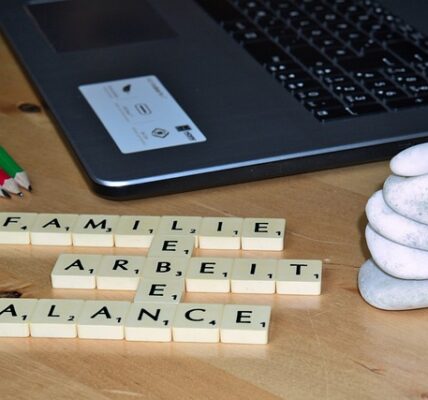Balancing Screen Time with Real-Life Activities for Children
As a parent, it’s natural to want your child to have the best possible life. One aspect of this is ensuring they spend enough time on screen-based activities, such as playing video games, watching TV, or using their tablet. However, excessive screen time has been linked to various health problems and social issues in children. In this article, we’ll explore how to balance screen time with real-life activities for your child.
Many parents are struggling with the issue of screen time, as it can be hard to set limits and enforce them without causing their child to feel restricted or deprived. Parents are concerned that limiting screen time will hinder their child’s social skills, creativity, and ability to learn new things.
Screen time can have both positive and negative effects on children, depending on how much they use it. For example, some games and apps can teach problem-solving skills and encourage creativity. On the other hand, excessive screen time has been linked to obesity, sleep deprivation, and decreased attention span. Children need a balance between using screens and engaging in real-life activities that promote their physical, emotional, and social well-being.
Here are some key points to consider when balancing screen time with real-life activities for your child:
- Determine how much screen time is too much. The American Academy of Pediatrics recommends the following limits for children: 1 hour of screen time per day for children under 2 years, 2 hours of screen time per day for children aged 2-5 years, and 3 hours of screen time per day for children aged 6 and older.
- Encourage physical activity. Regular exercise can help improve mood, reduce stress, and promote better sleep. Find activities that your child enjoys, such as playing sports, dancing, or simply going for a walk.
- Plan screen-free zones. Designate certain areas in the home as screen-free, such as the dinner table or bedrooms. This can help create healthy habits and reduce distractions.
- Use parental controls. Utilize built-in features on your child’s devices to track their screen time and set limits. You can also use third-party apps that provide more detailed insights into their online activities.
- Promote creative pursuits. Engage your child in activities that foster creativity, such as drawing, painting, or playing musical instruments. This can help them develop new skills and interests outside of screens.
- Model healthy behavior. Children often mimic their parents’ behavior, so it’s essential to model healthy habits yourself. Limit your own screen time and engage in activities that promote physical and mental well-being.
- Monitor progress and adjust. Keep track of your child’s screen time and adjust limits as needed. Be willing to make changes based on their needs and preferences.
Here are some steps you can take to balance screen time with real-life activities for your child:
- Set a good example by limiting your own screen time and engaging in activities that promote physical and mental well-being. This will help your child understand the importance of balancing screen time with other aspects of life.
- Determine how much screen time is too much for your child based on their age, individual needs, and the type of content they’re consuming. Use parental controls to track their screen time and set limits.
- Designate screen-free zones in the home, such as the dinner table or bedrooms. This can help create healthy habits and reduce distractions.
- Encourage physical activity by finding activities that your child enjoys, such as playing sports, dancing, or simply going for a walk.
- Promote creative pursuits by engaging your child in activities that foster creativity, such as drawing, painting, or playing musical instruments.
- Monitor progress and adjust limits as needed. Keep track of your child’s screen time and make changes based on their needs and preferences.
In conclusion, balancing screen time with real-life activities is crucial for children’s physical, emotional, and social well-being. By setting limits, promoting physical activity, planning screen-free zones, using parental controls, encouraging creative pursuits, modeling healthy behavior, and monitoring progress, you can help your child develop a healthier relationship with screens.
Teaching Kids Responsible Tech Usage is an excellent resource for learning more about responsible tech usage and how to teach your child healthy online habits.
The benefits of balancing screen time with real-life activities extend beyond childhood. Adults also need to prioritize their mental health by limiting screen time and engaging in activities that promote physical and emotional well-being.
Digital Wellness 101: Taking Control of Your Life Online – Student Life provides valuable insights into digital wellness, including strategies for managing stress, improving sleep, and maintaining a healthy work-life balance.
In today’s digital age, it’s essential to prioritize our mental health and well-being. By setting limits on screen time and promoting real-life activities, we can create a healthier relationship with technology and improve our overall quality of life.
Wellness For Workplaces | World Leading Digital Wellness Solutions offers innovative solutions for creating a healthy work environment that promotes digital wellness. By incorporating these strategies into your workplace, you can help employees maintain a healthy balance between work and personal life.
By following the tips and steps outlined in this article, you can help your child develop a healthier relationship with screens and promote overall well-being. Remember to model healthy behavior, monitor progress, and adjust limits as needed. With patience and consistency, you can help your child thrive in today’s digital age.
References:




